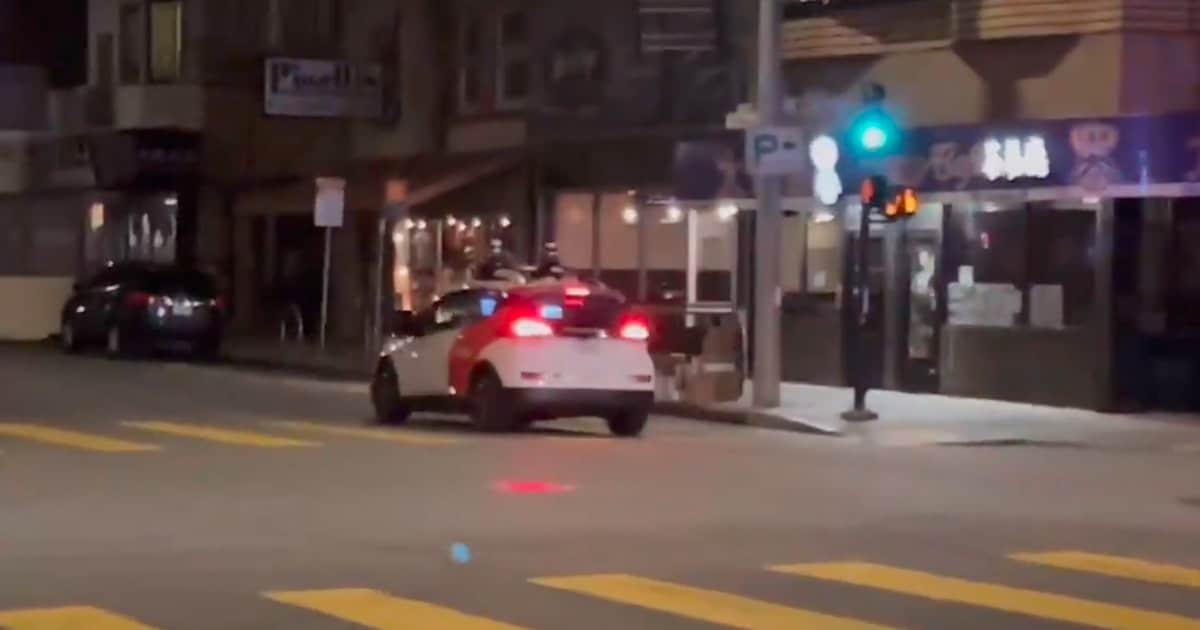We’re still not entirely comfortable giving our keys to self-driving cars, despite what a certain biassed, wealthy man on Earth might have us believe. Yes, they have advanced greatly in recent years, but, you know. To put your trust in a computer system that continues to routinely do risky actions takes a lot of confidence.
Still, governments like California, which approved Waymo and Cruise to start providing driverless delivery and taxi services last autumn, seem to think fully autonomous driving vehicles are safe enough. Even while these licenses had restrictions, such as the fact that cruise taxis could only operate at night and were limited to 35 mph, we aren’t surprised to see films like this one surface less than six months after receiving the green light.
Enjoy this quick video of a driverless Cruise car giving the police the proverbial middle finger at a recent traffic check in San Francisco, everyone:
Welcome to the future. Cop pulls over driverless car (because no lights?) Then Cruise goes on the lamb. (via https://t.co/mtmsIeOAUP) pic.twitter.com/ecQ5xXuSnS
— Seth Weintraub (@llsethj) April 10, 2022
UPHELD THE NAME OF CHEVY BOLT
Although the details are still a little hazy, the video (originally shared on Instagram) seems to show SFPD pulling over a Cruise, also known as a modified GM Chevy Bolt, for possible lighting issues. The autonomous car makes its daring getaway… to approximately half a block farther down the road before pulling down once more, just as a cop starts to walk back to his cruiser after failing to open the Cruise’s door.
It appears that the driverless car was technically acting appropriately by re-parking in a safer location, as noted by Electrek, but it doesn’t necessarily make things better and/or less unsettling.
THE BEST CASE Scenario
Even while it’s funny to watch a glorified, life-size remote-control car flee the scene, everyone present was lucky to escape the self-driving mistake unharmed. It’s not difficult to imagine a similar scenario going horribly wrong, with the autonomous vehicle inadvertently hurting surrounding civilians and emergency responders (or worse). Although many consumers and businesses are keen to promote driverless technology, it is obvious that much work must be done before a sizable number of vehicles are allowed on public roads.









